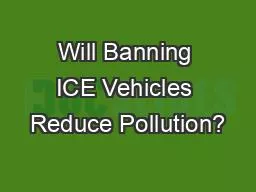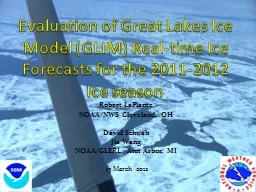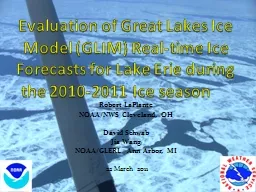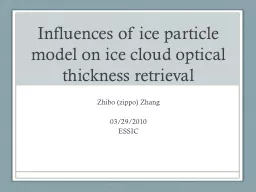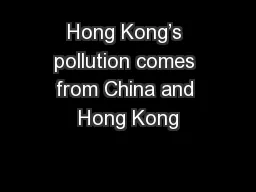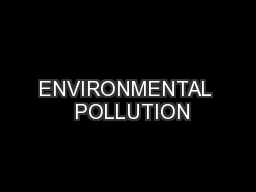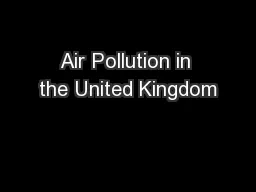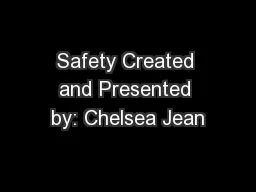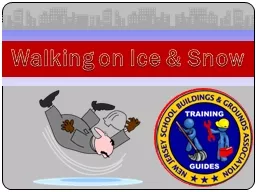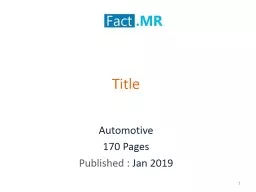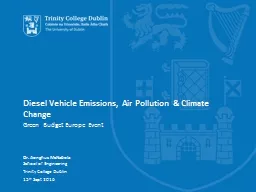PPT-Will Banning ICE Vehicles Reduce Pollution?
Author : verticalbikers | Published Date : 2020-10-01
Itsik Sapir 1 Michael Ben Haim 1 and Doron Greenberg 2 1 Department of Mechanical Engineering and Mechatronics Ariel University 2 Department of Economics and
Presentation Embed Code
Download Presentation
Download Presentation The PPT/PDF document "Will Banning ICE Vehicles Reduce Polluti..." is the property of its rightful owner. Permission is granted to download and print the materials on this website for personal, non-commercial use only, and to display it on your personal computer provided you do not modify the materials and that you retain all copyright notices contained in the materials. By downloading content from our website, you accept the terms of this agreement.
Will Banning ICE Vehicles Reduce Pollution?: Transcript
Download Rules Of Document
"Will Banning ICE Vehicles Reduce Pollution?"The content belongs to its owner. You may download and print it for personal use, without modification, and keep all copyright notices. By downloading, you agree to these terms.
Related Documents

